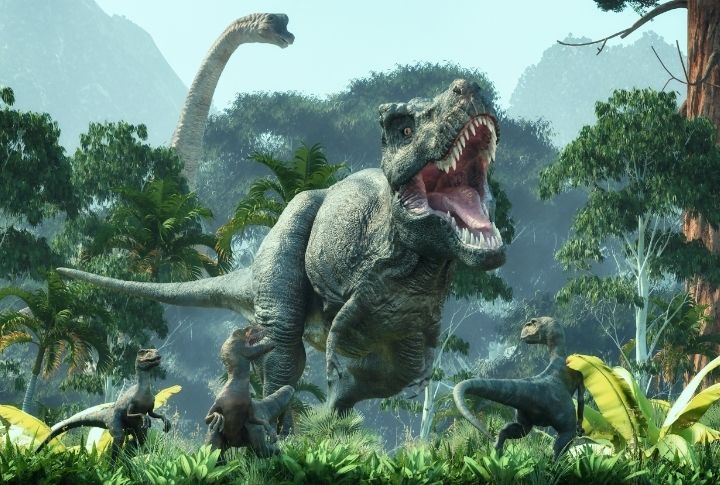
Dinosaurs, thanks to their incredible diversity and the sheer scale of their existence, have long captured our imagination. Some were towering giants, and several were smaller, more agile creatures, but today, they all offer a fascinating glimpse into a world millions of years past. Each species holds its uniqueness, and on these pages, we will expose 15 intriguing facts about 15 different dinosaurs.
Tyrannosaurus Rex
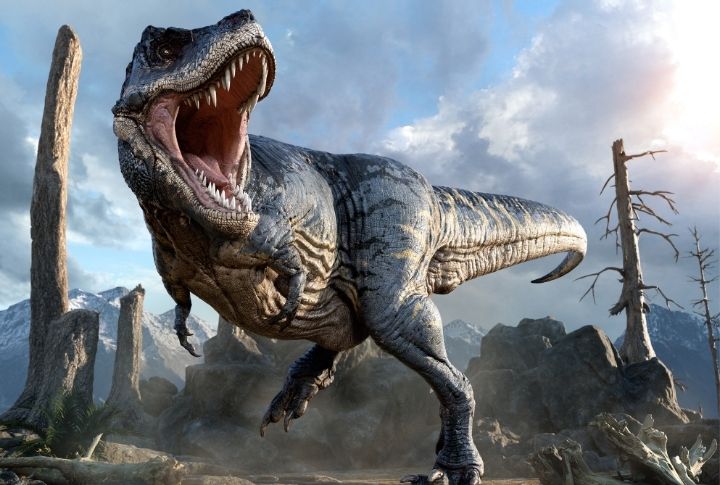
The terrestrial animal known to man that has the most powerful bite is the T. rex. Its bite force could be as high as 12,800 pounds.
Triceratops
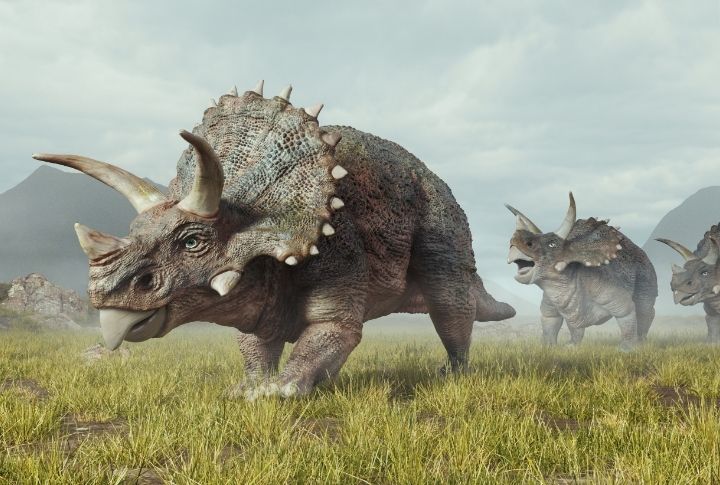
You’ll see intimidating horns when you look at Triceratops, but do you know they didn’t use them for combat? Instead, they used them more for social interactions and display.
Velociraptor

Did you see how big Velociraptors were in Jurassic Park? Don’t believe that, though. They were much smaller, standing about 2 feet tall and 6 feet long.
Brachiosaurus

Brachiosaurus had longer front legs than back legs, which gave it a unique, giraffe-like stance and allowed it to reach higher vegetation.
Stegosaurus
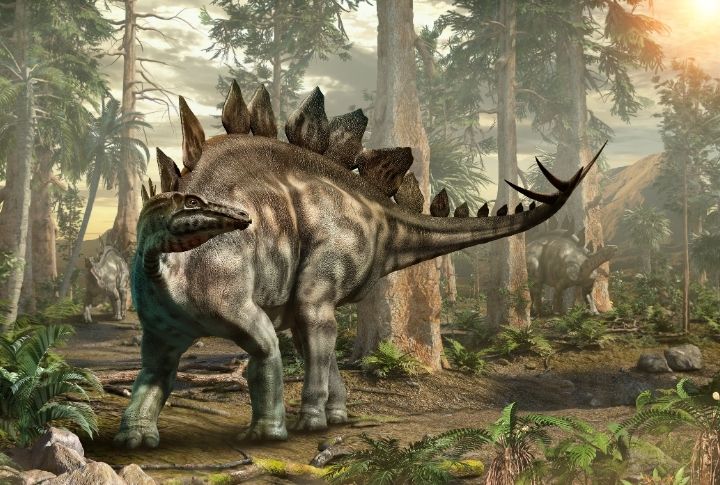
Stegosaurus had plates along its back that might have been for display, species recognition, or thermoregulation. Some believe they stored light from the sun in the daytime and dissipated heat at night.
Ankylosaurus
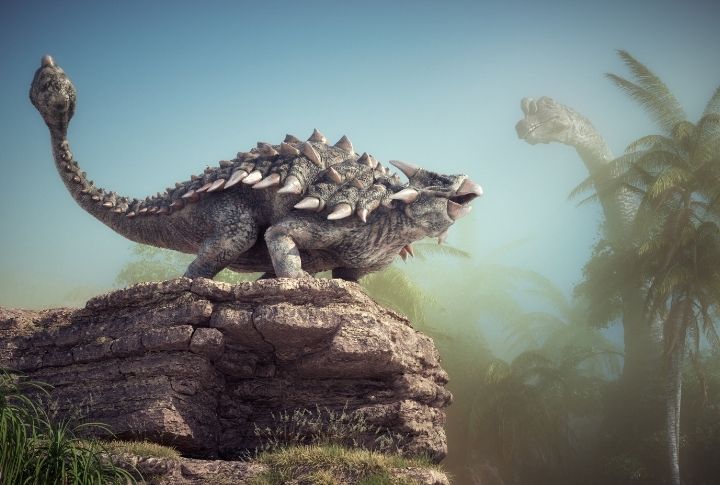
The herbivore Ankylosaurus was heavily armored with bony plates. These thick plates were there to defend against predators.
Spinosaurus
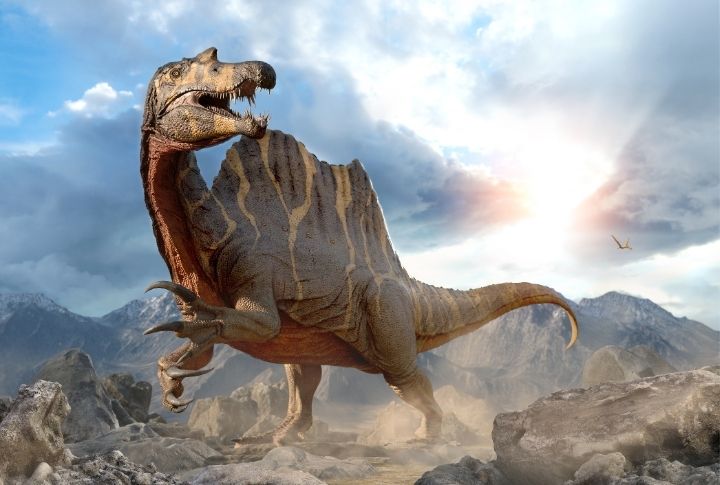
Among all the carnivorous dinosaurs we know, the Spinosaurus is the largest. It’s even bigger than T. rex, and it was semi-aquatic.
Parasaurolophus
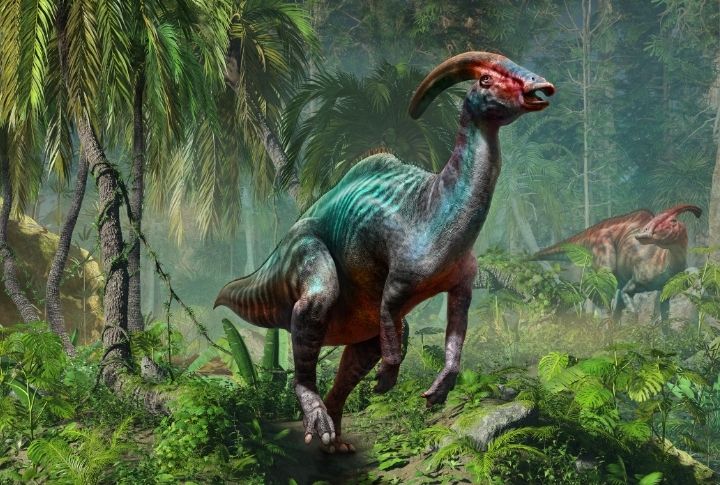
Out of the Parasaurolophus’s skull grew a long, backward-curving crest, which they may have used to produce sound for communication with its group or species.
Diplodocus
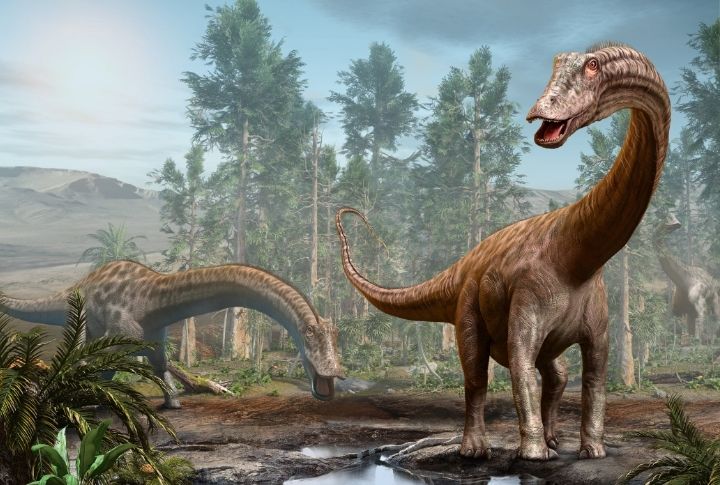
The Diplodocus had an extremely long tail. This tail was a whip for predators and could have been there for balance when they wanted to feed from taller tree branches.
Allosaurus
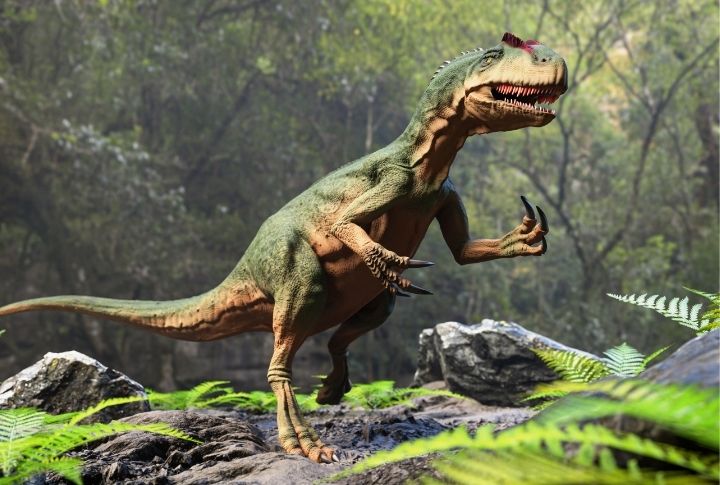
Allosaurus was a top predator of the Jurassic period. Its serrated teeth and strong neck muscles helped it slice through the flesh of its prey.
Iguanodon
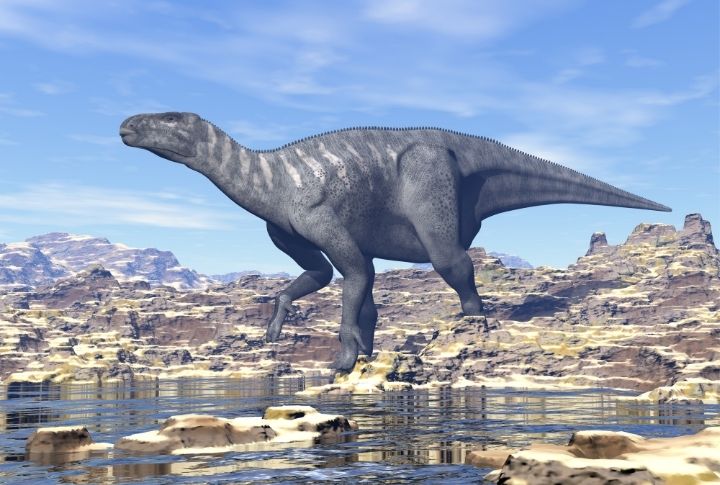
The thumb spikes on the Iguanodon were used to defend against predators and were also helpful in foraging for food.
Microraptor
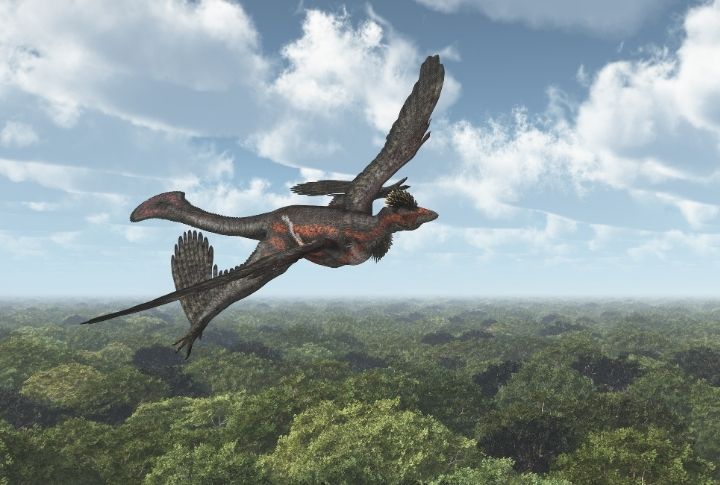
Microraptor was a small, feathered dinosaur with four wings and feathers on both its arms and legs. These allowed it to glide between trees, but it could also fly.
Apatosaurus
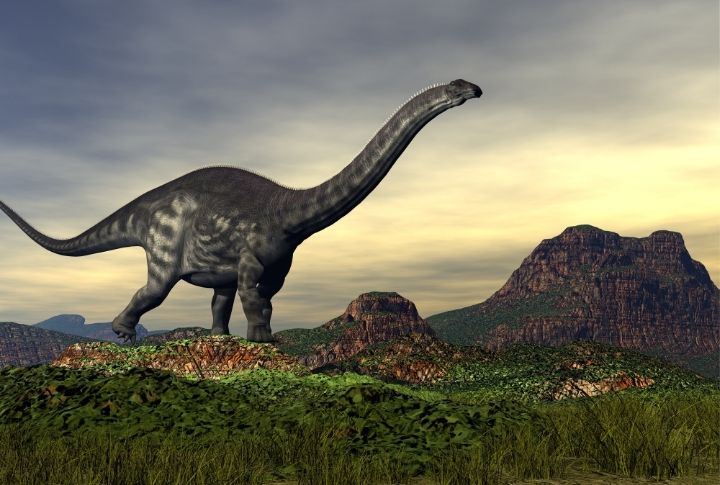
Formerly known as Brontosaurus, the Apatosaurus had a long neck and tail and could grow up to 75 feet in length.
Carnotaurus
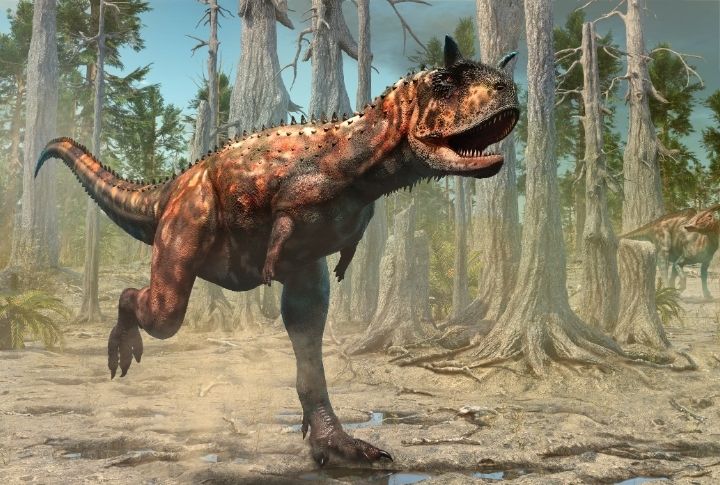
Carnotaurus had distinct horns above its eyes and a relatively short skull and was one of the fastest large theropods, capable of sprinting at around 35 miles per hour.
Pachycephalosaurus

One outstanding feature of the Pachycephalosaurus was the large dome on its skull, which could be up to 10 inches thick. The dome provided cushioning for its brain.


Comments
Loading…